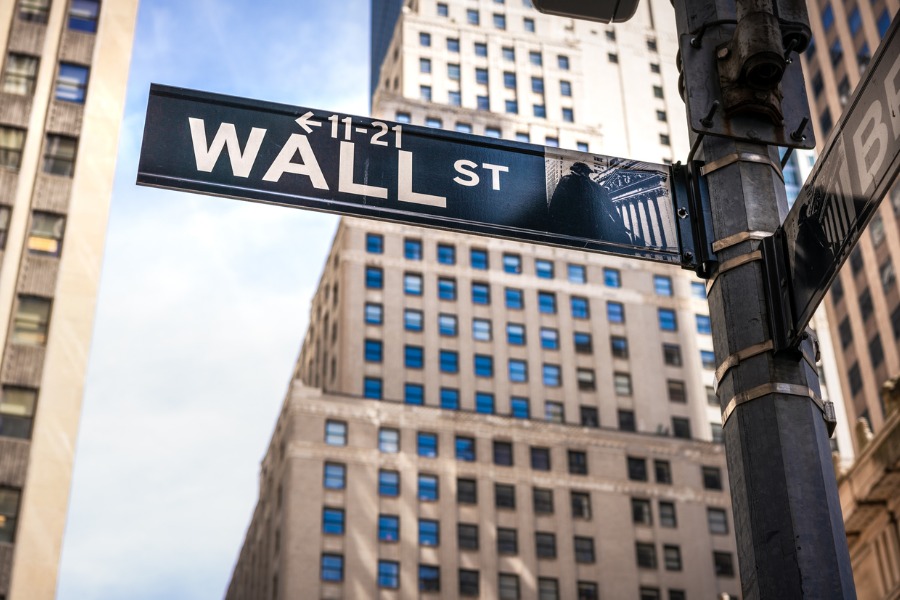

The biggest US banks haven’t waited for this week’s stress tests to signal optimism about their capital levels.
The six largest lenders bought back more than $14 billion of stock in the first quarter, a 73% jump from the meager pace in last year’s second half. The banks had slowed their buybacks in the face of new capital-rule proposals, but in recent months all signs have pointed to those getting watered down.
The annual exam from regulators — with results set to be released Wednesday afternoon — tends to set the tone on how aggressive banks are in returning capital to shareholders through dividends and buybacks. In 2022, for example, harsher-than-anticipated test results caused firms to slam the brakes on repurchasing shares. But the past 12 months have been less about the current capital rules and more about where they’re headed.
The Federal Reserve, Federal Deposit Insurance Corp. and Office of the Comptroller of the Currency released a plan last year for tighter capital rules on banks, known as Basel III Endgame, which they said would require a 19% increase for the largest firms. In response, Wall Street launched a fierce lobbying campaign against the proposal, and Fed Chair Jerome Powell said earlier this year that the plan was in for “broad and material changes.”
The Fed has shown the other regulators a three-page document of possible revisions that would significantly soften the new requirements, with could lead to a capital increase of as little as 5%, Bloomberg News reported Monday. Officials haven’t reached an agreement, and the Fed said in a statement that it’s reached “no decisions on timing, process or substance.”
The first quarter put the six banks on pace for $58 billion in buybacks this year, a significant jump from the last two years. But that’s still well short of the headier days of 2021, when the total was more than $80 billion, or 2019, when repurchases topped $100 billion.
The annual exams, a product of the 2008 financial crisis, require banks to consider hypothetical crisis scenarios and estimate the losses they might face based on their books of business. Those numbers drive how much capital they can afford to pay out to investors, based on a minimum requirement known as the stress capital buffer. Such payouts take the form of dividends, which typically occur quarterly, and buybacks, which the firms can pursue as they see fit throughout the year.
Payout ratios — a measure of how much cash firms return to shareholders — loom large in the minds of investors. The 24-member KBW Bank Index, which includes the biggest six banks, is up 6.6% this year.
Big-bank bosses have taken turns touting their excess capital in recent months. Wells Fargo & Co. Chief Executive Officer Charlie Scharf said last month that his firm would “like to grow the dividend,” and Goldman Sachs Group Inc. President John Waldron said his firm plans to do the same. Bank of America Corp. CEO Brian Moynihan said that if Basel III Endgame gets watered down, “we have a lot more excess capital.”
JPMorgan Chase & Co. CEO Jamie Dimon said in May that his firm is buying back around $2 billion a quarter and “could do more.” That follows a surprise dividend hike earlier this year, which Dimon said in April was because “our capital cup runneth over.”

The looming threat of federal funding cuts to state and local governments has lawmakers weighing a levy that was phased out in 1981.

The fintech firms' new tools and integrations address pain points in overseeing investment lineups, account monitoring, and more.

Canadian stocks are on a roll in 2025 as the country prepares to name a new Prime Minister.

Carson is expanding one of its relationships in Florida while Lido Advisors adds an $870 million practice in Silicon Valley.

The approval of the pay proposal, which handsomely compensates its CEO and president, bolsters claims that big payouts are a must in the war to retain leadership.
RIAs face rising regulatory pressure in 2025. Forward-looking firms are responding with embedded technology, not more paperwork.
As inheritances are set to reshape client portfolios and next-gen heirs demand digital-first experiences, firms are retooling their wealth tech stacks and succession models in real time.
